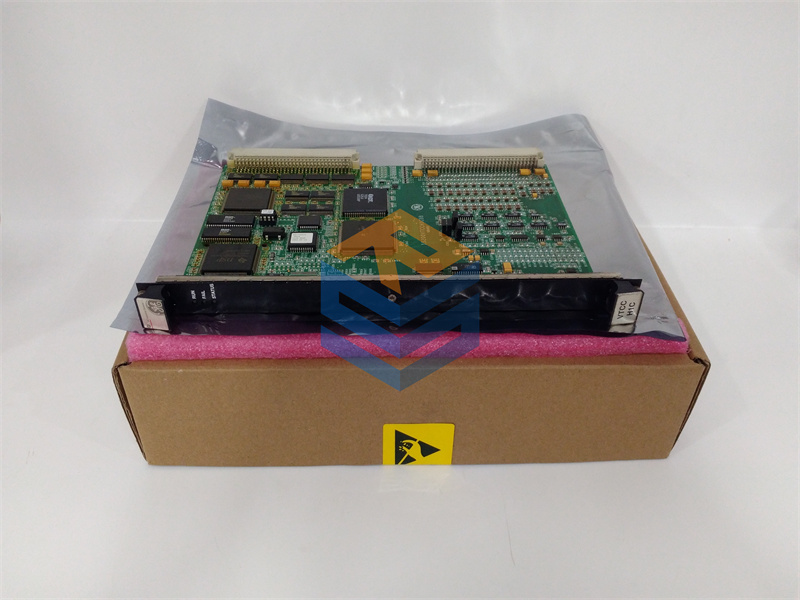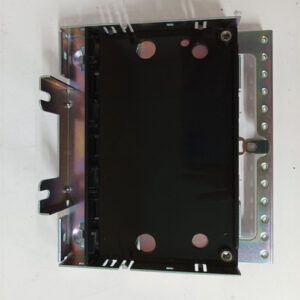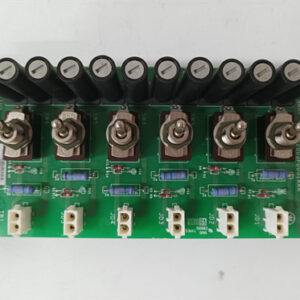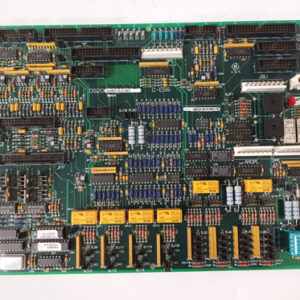الوصف
The GE part number IS200JPDEG1A is a 24/48VDC Power Distribution Card for the Mark VIe Excitation Control System. Its primary function is to safely distribute low-voltage DC power (either 24 VDC or 48 VDC) to the various electronic components and modules within the control system cabinet. ⚡
Function and Key Features
A power distribution board is a crucial passive component. The JPDE board provides a centralized and protected point for the system’s low-voltage DC power.
-
- DC Power Distribution: The board takes an incoming DC power source and routes it to various outputs. These outputs are then connected to the system’s power supply cards, which provide the regulated DC voltages needed by the control cards.
- Circuit Protection: The board contains fuses or circuit breakers for each power output. This is a crucial safety feature that protects the downstream modules from overcurrent conditions or short circuits.
- Terminal Interface: The board provides a set of robust terminals for landing the incoming DC power cables and the outgoing cables to the power supplies. This simplifies wiring and maintenance.
- Robust Design: Like all GE industrial control components, it is built to withstand the harsh conditions of a power plant.
Applications
The IS200JPDEG1A is a key component in power generation facilities that utilize GE’s advanced control systems. It is essential for:
- System Reliability: By providing organized and protected power distribution, it ensures that a fault in one section of the control system does not cause a cascade failure.
- Safety: It protects both the equipment and personnel by isolating overcurrent faults.



 +86 15340683922
+86 15340683922 +86 15340683922
+86 15340683922


